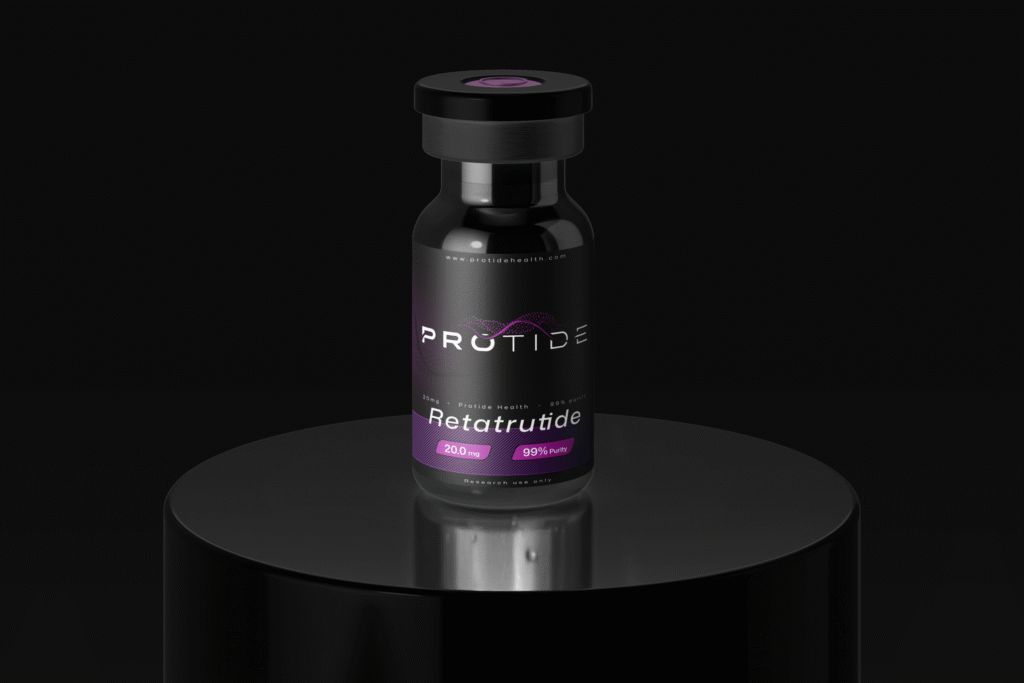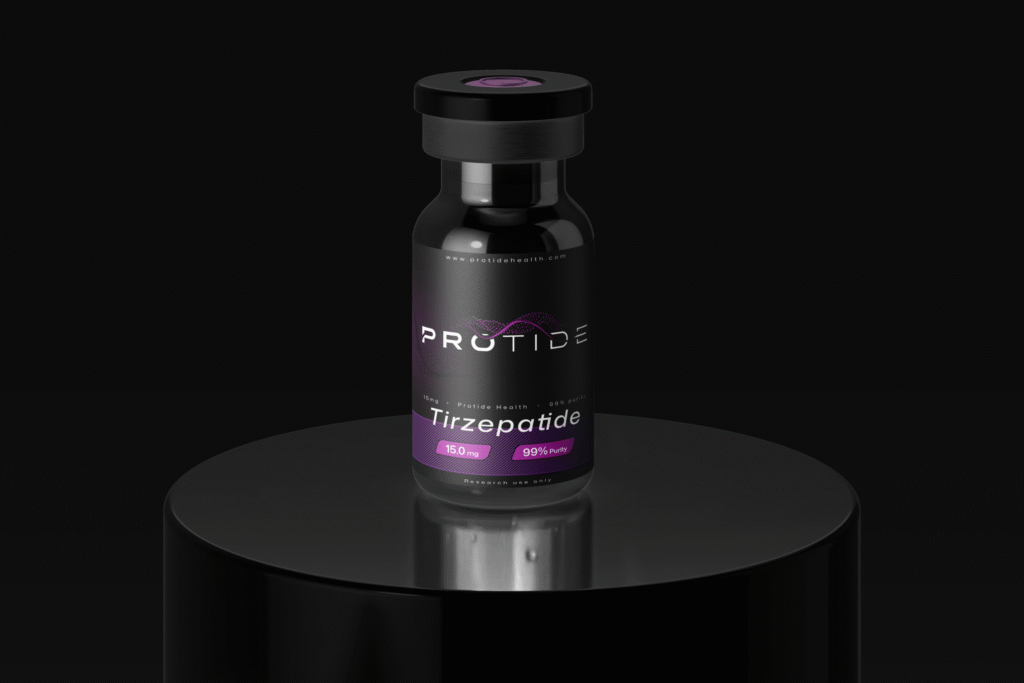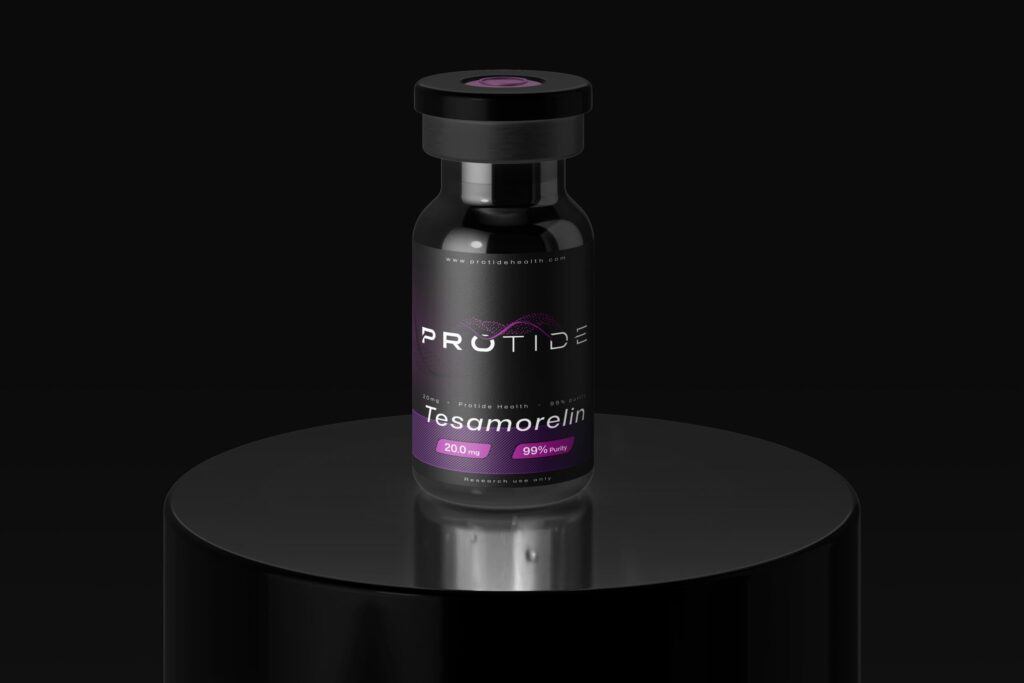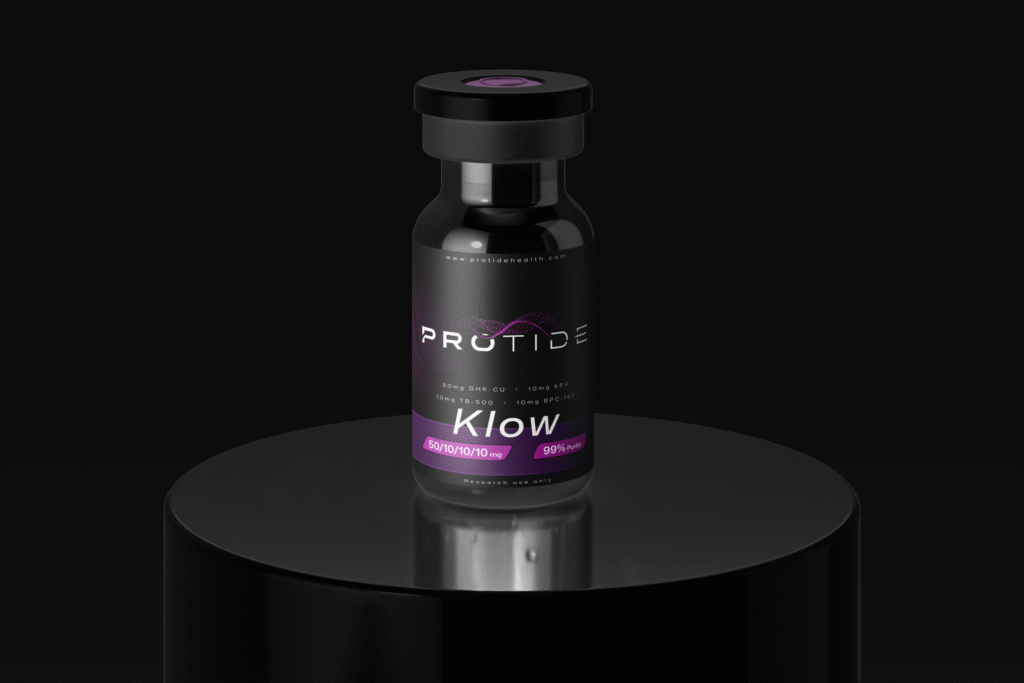Peptide Dosage Calculator
Protide Health Peptide Dosage Calculator
Protide Health Peptide Dosage Chart
Looking for quick answers on dosing, reconstitution, and syringe measurements? Open the Protide Health Peptide Dosage Guide (PDF) for a clear chart of every peptide we offer, plus step-by-step examples that show how to set concentrations, convert units, and read syringe markings for accurate lab results. For research use only.
Peptide Reconstitution Guide
Need clear, step-by-step instructions for mixing research peptides? Open the Protide Health Reconstitution Guide (PDF) to learn how to choose a diluent, calculate volumes, reconstitute safely, label and store vials, and avoid common errors. For research use only.
Peptide Dosage Calculator FAQs
Below you’ll find answers to the most common questions about using our peptide dosage calculator, reconstitution, and understanding syringe measurements — helping you get accurate results for research purposes.
What is a peptide dosage calculator?
A peptide dosage calculator is a tool that helps you determine the correct volume of reconstituted peptide solution to draw for a specific dose. By entering the amount of peptide in the vial, the volume of bacteriostatic water used, and your desired dose, the calculator automatically provides the concentration, required syringe units, and estimated doses per vial.
How do I use the peptide dosage calculator?
To use the calculator:
1. Enter the total amount of peptide in the vial (in milligrams).
2. Input the amount of bacteriostatic water you added (in milliliters).
3. Enter your desired dose and select the unit (mcg or mg).
4. Choose your syringe size.
5. Click Calculate to see your results.
What is bacteriostatic water and why is it used?
Bacteriostatic water is sterile water containing 0.9% benzyl alcohol, which inhibits bacterial growth. It’s commonly used to reconstitute peptides for research purposes, extending the shelf life of the solution compared to plain sterile water.
How do I calculate peptide concentration?
Peptide concentration is calculated by dividing the total amount of peptide (in micrograms) by the total volume of reconstitution solution (in milliliters). The calculator does this automatically, providing the concentration in μg/mL.
What does “units” mean on an insulin syringe?
On insulin syringes, 100 units = 1 mL. Smaller syringes (e.g., 0.3 mL or 0.5 mL) still have the same unit-to-mL ratio — they’re just shorter and marked differently. The calculator tells you exactly how many units to draw for your desired dose.
Can I use this calculator for any peptide?
Yes — the calculator works for any peptide where you know the amount in the vial and the reconstitution volume. Always ensure your calculations are for research purposes only and follow the guidelines provided by your supplier.
Is this calculator for medical use?
No. This tool is intended for research and educational purposes only. It is not a substitute for professional medical advice, diagnosis, or treatment.
Best Selling Peptides

Retatrutide 20mg
Retatrutide, a triple incretin agonist, achieves remarkable 24.2% weight loss, 2.02% HbA1c reduction, and up to 82% liver fat normalization in phase 2 trials. It also reduces cardiovascular risk by 26.9% through lipid improvements and supports kidney function.

Tirzepatide 15mg
Tirzepatide, a dual GLP-1 and GIP receptor agonist, has been studied for its potential impact on metabolic health, weight management, and insulin sensitivity. Research has explored how this dual acting compound may influence appetite regulation, fat metabolism, and glucose control areas of growing interest in obesity and metabolic disorder studies.

Tesamorelin 20mg
Tesamorelin is a GHRH analog. Pre-clinical studies demonstrate a 3–4-fold increase in GH levels, 15–20% fat mass reduction, and 10–12% muscle growth, making it an interesting peptide for researchers looking to support muscle growth and fat loss.

Klow Blend: 50mg/10 /10/10 (GHK-CU, KPV, BPC-157, TB-500)
The Klow peptide blend combines four potent peptides, GHK-Cu 50mg, KPV 10mg, BPC-157 10mg, and TB-500 10mg, designed for laboratory research to investigate synergistic pathways in tissue repair, inflammation reduction, and cellular regeneration.
